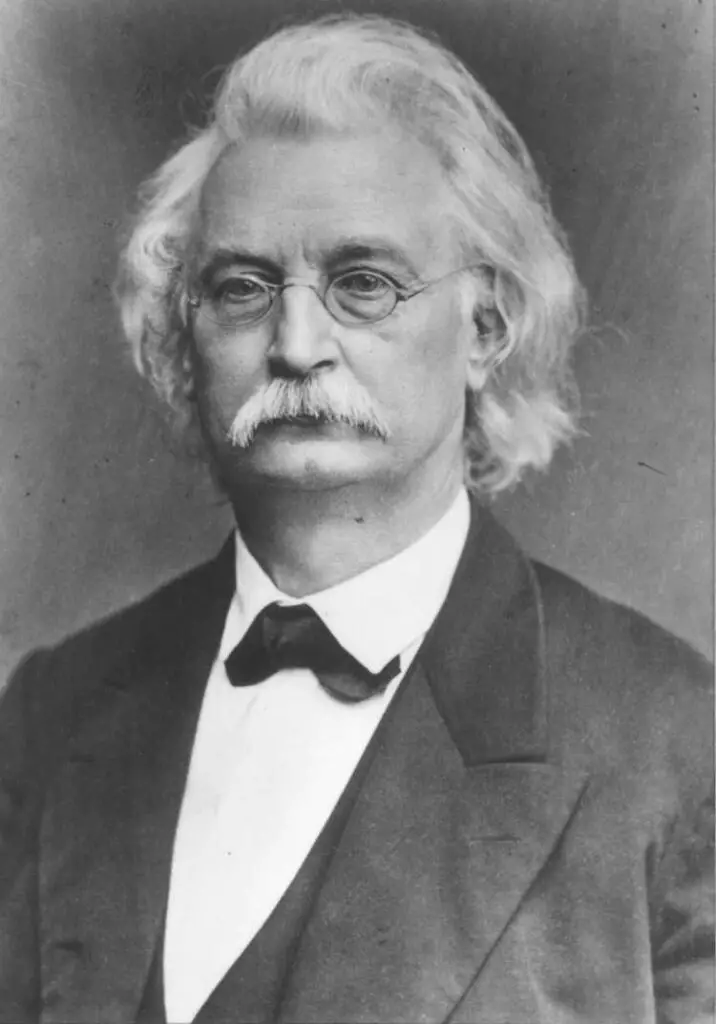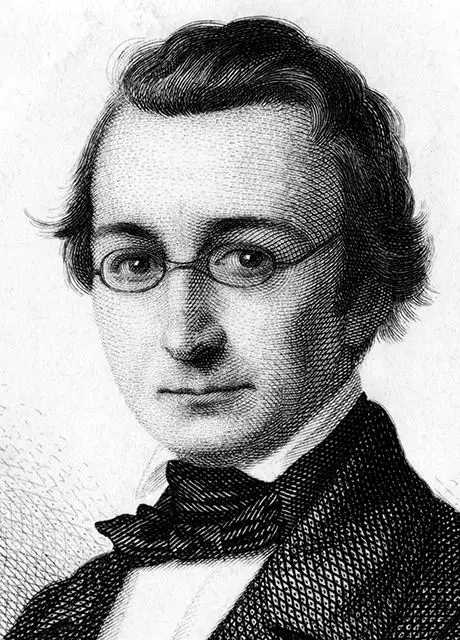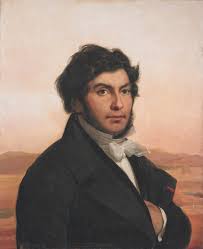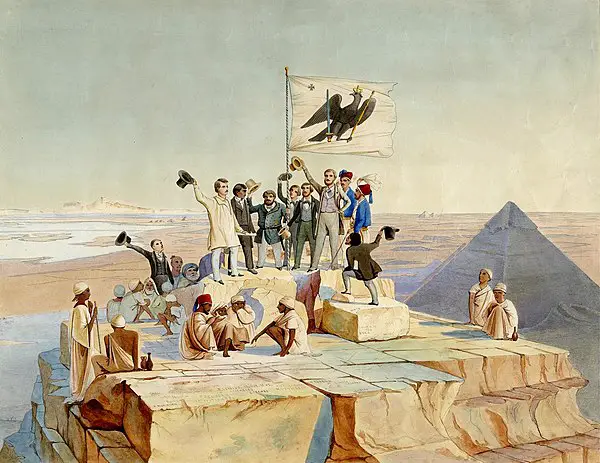Introduction
The study of ancient Egypt is known as Egyptology. The scholars associated with the study of Egyptology are known as Egyptologists. In this following series, we will be familiarised with some of the greatest Egyptologists who have shaped the study of ancient Egypt in a fascinating and interesting way.
Who was Karl Richard Lepsius?
Karl Richard Lepsius was a famous Egyptologist. Apart from that, he had also considerable knowledge and expertise in the subjects of Linguistics, Modern Archaeology, etc. It was the nineteenth century. A limited number of Egyptologists shaped the study of ancient Egypt at that time. Lepsius was one of them. Thus, it is necessary to understand his contribution in this field. Because it will be helpful to understand the initial developmental stages in Egyptology also.

Early Life
Lepsius was born at Naumburg an der Saale in the kingdom of Saxony in the then Prussia (Presently Germany) on 23 December 1810. The original family name of Lepsius was ‘Leps’ But his great-grandfather Christoph Lepsius started using the Latinized version ‘Lepsius’.

Education
Karl Lepsius initially started his venture in archaeology with Greek and Roman Archaeology. He studied these two subjects at the University of Leipzig, University of Gottingen, and the Frederick William University of Berlin. He completed his Doctoral research in 1833. During this time, he got interested in Egyptology.
Jean-Francois Champollion was a great Egyptologist. He is very famous as he successfully deciphered the ancient Egyptian Hieroglyphs. Jean Letronne was a close disciple of Champollion. After the completion of his Ph.D., Lepsius started reviewing the work of Letronne on the decipherment of the Hieroglyphs. During this time, he started studying ancient Egyptian Epigraphy and paleography with serious concern.


Diving into Egyptology
Lepsius started his initial work in the field of Egyptology from outside Egypt. He selected the work of Champollion for this purpose. Previously, Champollion did some grammatical work on Hieroglyphs. Lepsius critically analyzed that work.
This linguistic research was very valuable. Because Lepsius, as an outcome of the research, pointed out the absence of written vowels in Hieroglyphs. It was a significant discovery in the field of ancient Egyptian paleography. Thus, in this way, Lepsius got the attention of the then Egyptologists. He also consulted with Ippolito Rosellini, the then famous Egyptologist, before arriving at this argument.
On the Field: Prussian Expedition to Egypt
It was the year 1842. King Frederick Wilhelm IV of Prussia gave permission to an expedition to Egypt and Sudan. It was important for Lepsius to involve in the fieldwork in Egypt. Because he had been selected as the leader of the expedition.

Egyptology Through the Eyes of Science
This expedition tried to do something different from the earlier ones. The team initially started applying scientific techniques to the study of the Egyptian Pyramids at Giza, Abusir, Saqqara, Dashur, etc. These are some of the most valuable repositories of ancient Egyptian funerary remains specifically the pyramids and other kinds of burial chambers.
Lepsius List of Pyramids
It was one of the remarkable works of Lepsius. He made this detailed list of sixty-seven (67) ancient Egyptian pyramids during the expedition. This work is very much significant. Because it was the first systematic work regarding the pyramids of ancient Egypt.

Where Thirst Meets Reality
Karl Richard Lespius did not stop at analyzing only the pyramids of Egypt. He also extended his work towards studying other aspects also. During the expedition, he covered almost all the important archaeological sites of both Upper and Egypt. Ramesseum, the Valley of the Kings were some of the sites which witnessed his detailed documentation and interpretation.
An Inspiration
Karl Richard Lepsius returned to Europe in 1846. After that, he published his vast work titled ‘Monuments from Egypt and Ethiopia’. It is a twelve (12) volume work containing nearly nine hundred (900) plates of ancient Egyptian inscriptions. Thus, this work later became a massive insightful encyclopedia for the study of Egyptology. Thus, in this way, Lepsius has been inspiring people from all over the world to enter the fascinating field of Egyptology.